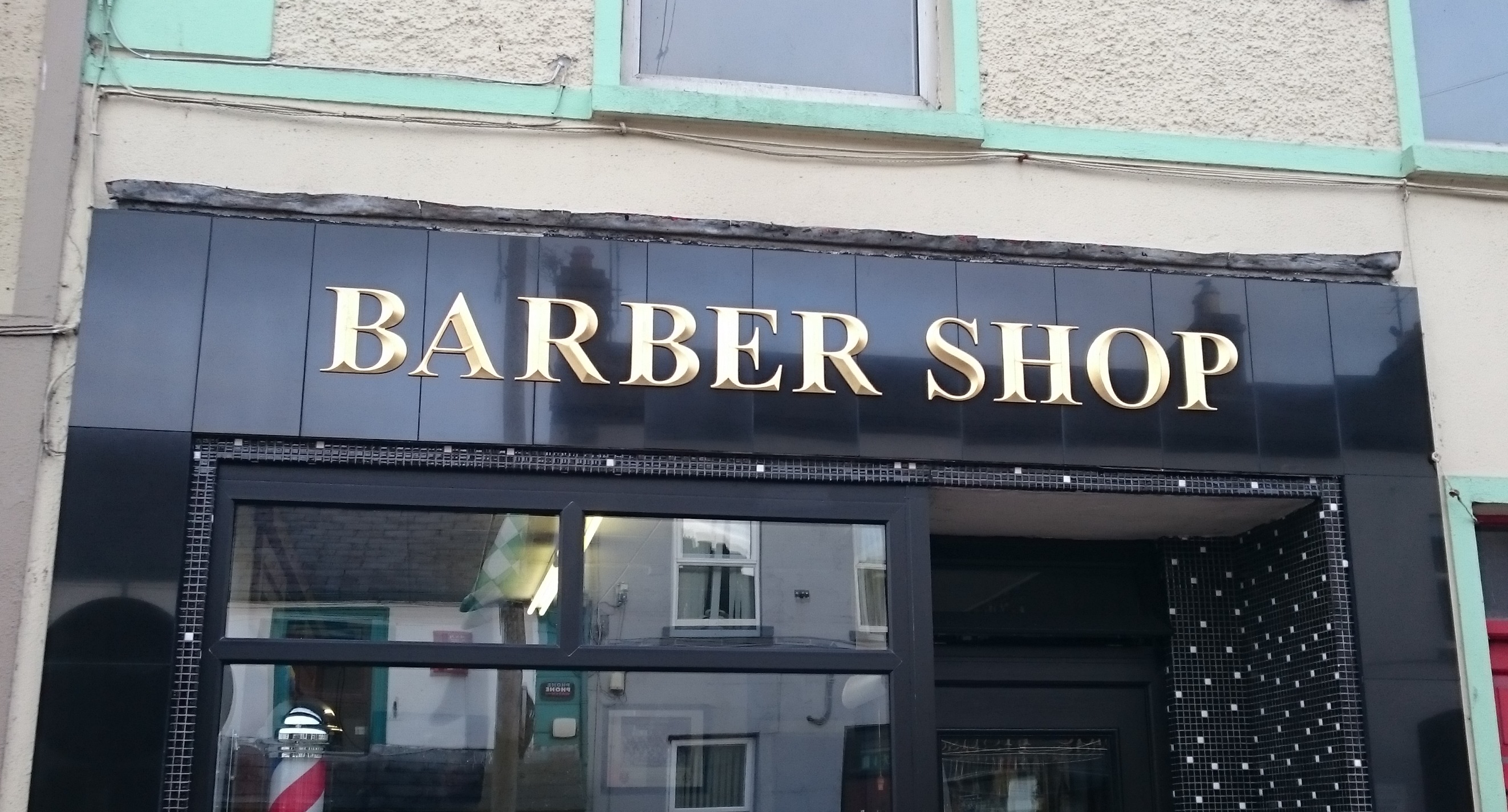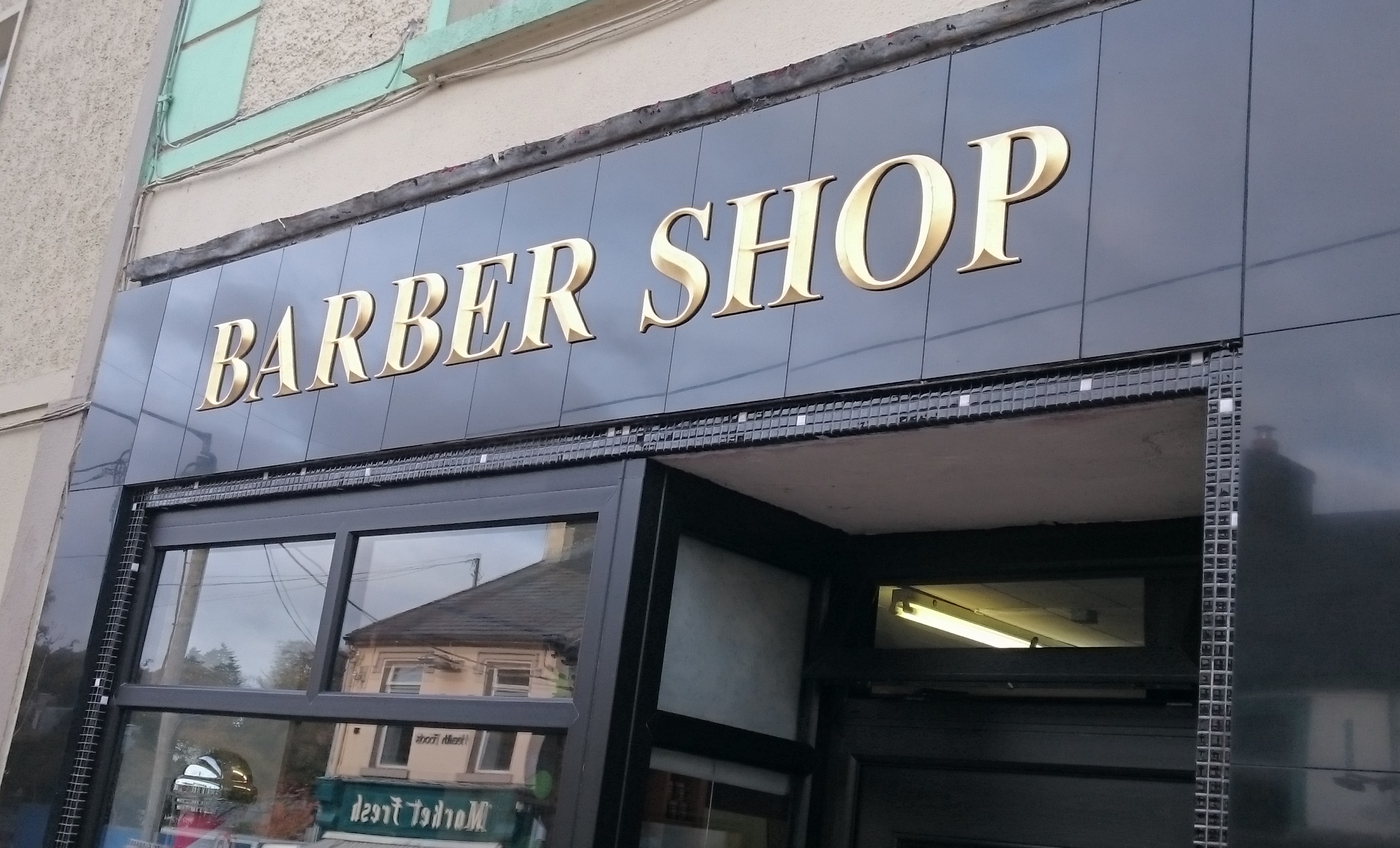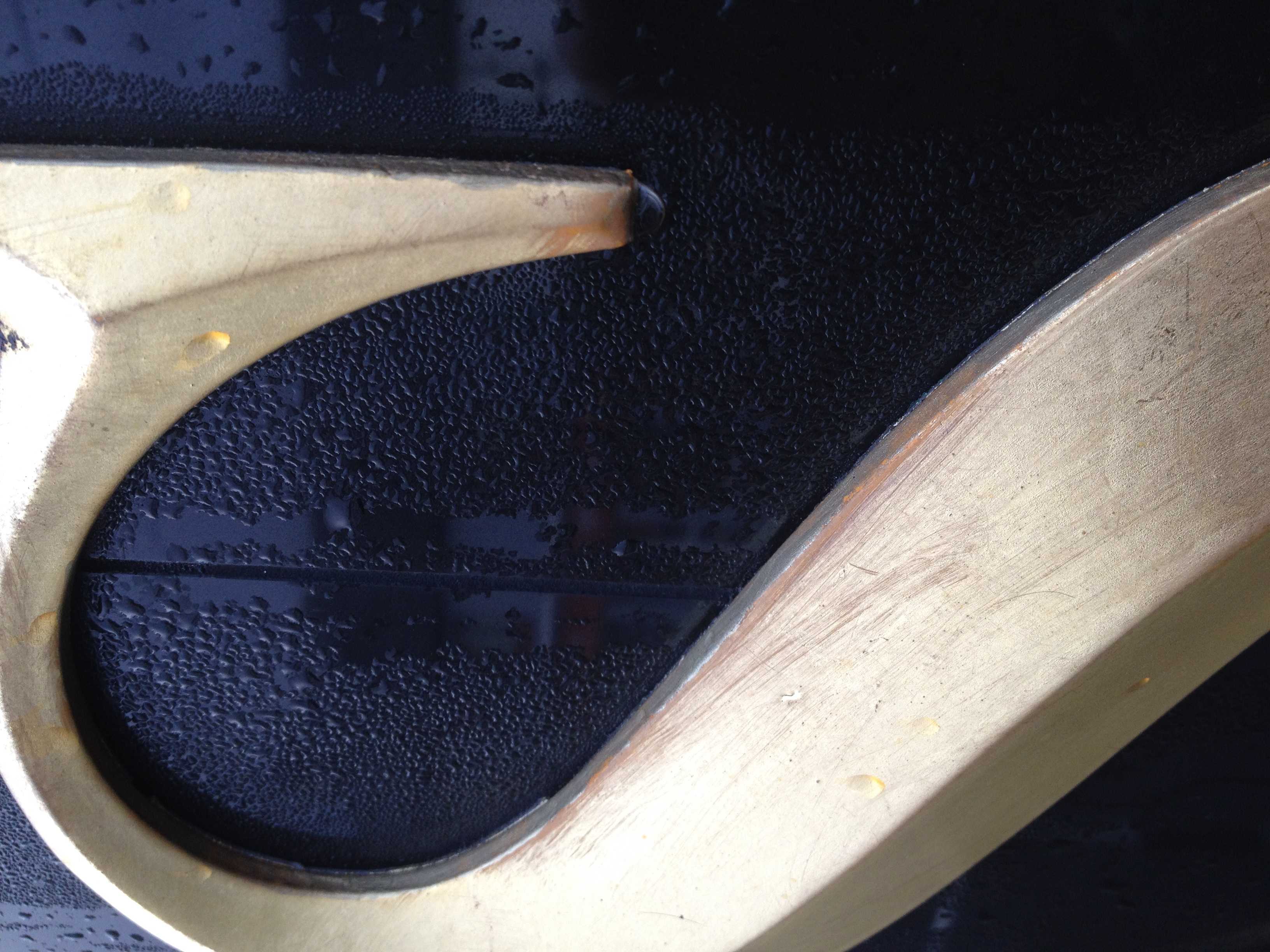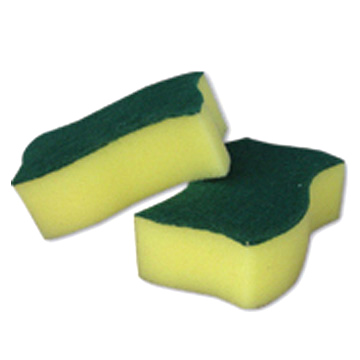-
Gilded 3D lettering problem
Hi All,
Happy new year to everyone.I recently had to fit some gilded prismatic lettering to a shop front. Something I have done 4-5 times in the past without issue & all previous jobs still look as good as the day they were fitted.
I have always outsourced the manufacture & gilding of the lettering to various different companies (sadly first ones no longer in business).
The recent letters were done by a local company who’ve supplied me with most of my digital prints, 3D lettering etc. for several years & whom I have a very good relationship with & trust.
The job in question was slightly different to previous ones I’ve fitted, in that the shop fascia was being renewed using gloss black porcelain tiles which the customer wanted to avoid drilling into. So we decided to fit them direct to the fascia with VHB tape.
The first issue arose when I received the letters (TNR bold, prismatic cut from 19mm Foamex with 5mm return left) arrived & noticed that they were slightly concave. When laid flat the serifs would stand up approx 5mm. This was supposedly down to the prismatic cut & thickness of the return. (I’ve had the exact same spec done previously without this issue) Anyway, to ensure that the serifs would not lift I put a full covering of VHB on the back & primed the tiles with 3M primer 94 before fitting. This worked perfectly.
There was also the odd blemish on a couple of the letter ridges from packaging but I was supplied with some spare leaf just in case to cover this which I did. The size used was a permanently open size (never heard of this before!?) which also seemed to mean the letters have a permanently tacky feel to them which I have never come across before, but was told this is normal.
The lettering was not lacquered as 23.5k heavy leaf was used & it was thought to be unnecessary.
Here is the lettering just after fitting:Anyway, approximately a month after fitting, I received an email from the customer saying that he had been cleaning the tiles & had noticed some dirt on one of the letters & used a cloth, "not too hard" to clean the dirt off & was "surprised & disappointed that the gold came off so easily"!! "Could I come & touch it up?"
I was quite surprised myself as this has never previously been an issue, I said that I didn’t think this should happen & asked if he could send some close up pictures that I could send to the guys that made them for advice. These are what he sent:
He also stated that he had just been "cleaning around the letters, had not touched any of the others, but noticed a discolour coming through some of the other letters"!! Which apparently his tiler had also noticed 2 weeks after the letters were fitted, presumably when he was finishing off the rest of the tiling!!
When I saw the pictures I was staggered by the look of them & promptly replied to him saying that it looked to me like a sanding pad had been taken to them!! He denies this & asked me to tell the guys that made them that he had only touched the one letter "H".
What do I do??
Should they have been lacquered?
The suppliers said the customer has ruined them!, but have offered to re-leaf & lacquer them if I return them. I’m doubtful that the letters could be removed without breaking them due to the full VHB coverage & primer used.
The only other option suggested by supplier is that they will supply me with size & leaf for me to go & re-leaf the lettering in situ & then lacquer to protect from future abuse!!
Whilst I am happy to give this a go as I’ve always really wanted to try gilding & actually bought a kit to try from Wrights a few years back but never got round to trying it, I am very aware that it may prove to be tricky & would be very weather dependent!! (not good in the west of Ireland!!)
Whichever route I go, do I charge the customer? In effect calling him a liar or suck it up myself?
Log in to reply.






